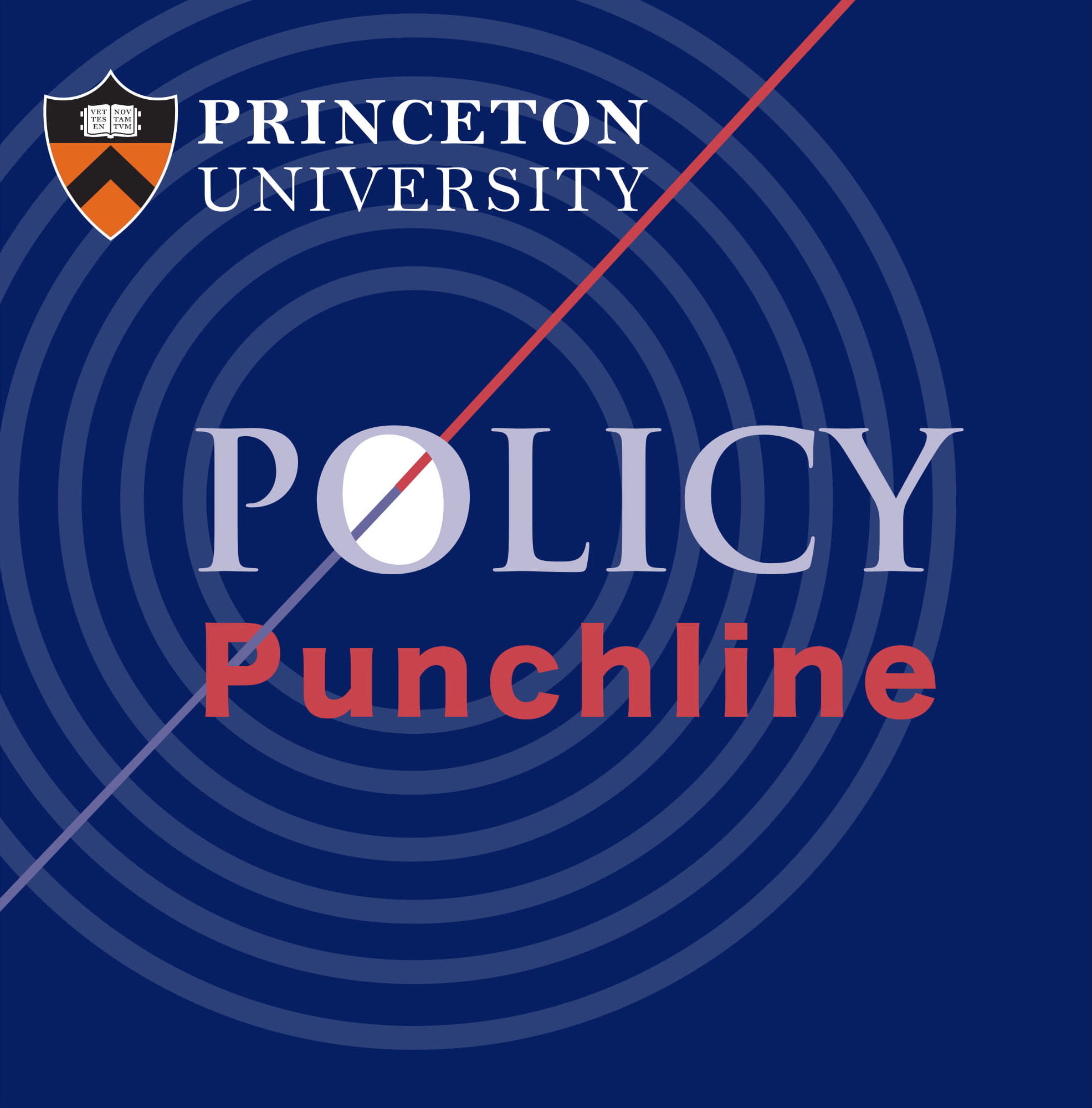Germany's Ending Golden Decade and Exhausted Globalization
Michael Hüther is the director of the German Economic Institute (Institut der deutschen Wirtschaft), one of the most important think tanks in Germany based in Cologne. He previously served on the German Council of Economic Experts and was the chief economist of DekaBank. In this interview, Dr. Hüther discusses Covid’s shock on the German economy, why globalization has become “exhausted,” Germany’s “Golden Decade” in early 2000s and its implications for public investments and debt, and future of European integration.
The last decade was the Golden Decade for Germany. 80%+ people were integrated into the labor market; employment rate consistently went up; the government held a balanced budget… But in some sense, it was also the “Lost Decade” for public investment. The debt break introduced to the Constitution in 2009 forced Germany to maintain a balanced budget, which has been in part achieved through reducing investments in local communities and the greater economy.
With Covid-19’s impacts, the deficits in Germany have become comparably higher, and Dr. Hüther predicts that it would need another two decades for it to come back to a balance. What has changed compared to older days, however, is the relationship between interest rates and GDP growth. Until 2010, the real interest rate was higher than the GDP growth rate. That means a government would have to look for very good investment opportunities to make interest payments for public debt. Today, the interest rate at the “zero lower bound” is much lower than GDP growth, so incurring government debt has de facto become a Ponzi scheme, in which one could easily roll over the debt and no longer create any burden for the future generation.
Covid-19 was a tremendous shock to Germany’s economy, causing a -9.5% shrinkage in the country’s GDP in the 2nd quarter of 2020. The first shock was a pure liquidity shock to businesses that was soon stabilized, allowing the economy to bounce back in the 3rd quarter with +8.5% growth in GDP. Germany thus experienced a V-shaped recovery in some way, but as the country adjusted to the new normal, new uncertainty to risk arose, and the economy still faces grave challenges ahead.
With that, we dive into Germany’s economic structure and its path dependency – tracing its roots back to the 19th-century industrialization and the federalist state structure of Germany. Because Germany didn’t have a big central government, each of the 35 different states had to make their own economic policies. That means until today, there are a lot of regional clusters and networks left in Germany, allowing rural areas to flourish as a part of a larger ecosystem.
We hope this interview can spark your interest in the German and European economies as they navigate through the Covid recovery and the next stages of globalization. If you’d like to learn more about Dr. Hüther’s work, we encourage you to read his book Exhausted Globalisation: Between the Transatlantic Orientation and the Chinese Way and follow works published by the German Economic Institute.


